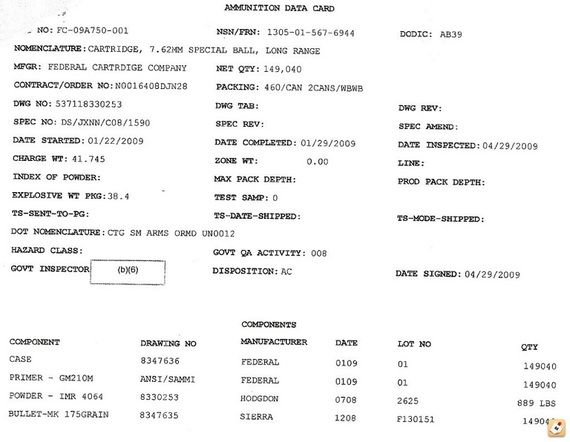Okay... the self appointed mall cops of reloading might want to go watch a rerun of Gomer Pyle about now... 
For the rest of us, here's a short video we made today...
Sleuthing the Federal Gold Medal Match long range load recipe. - YouTube
Dan
For the rest of us, here's a short video we made today...
Sleuthing the Federal Gold Medal Match long range load recipe. - YouTube
Dan

